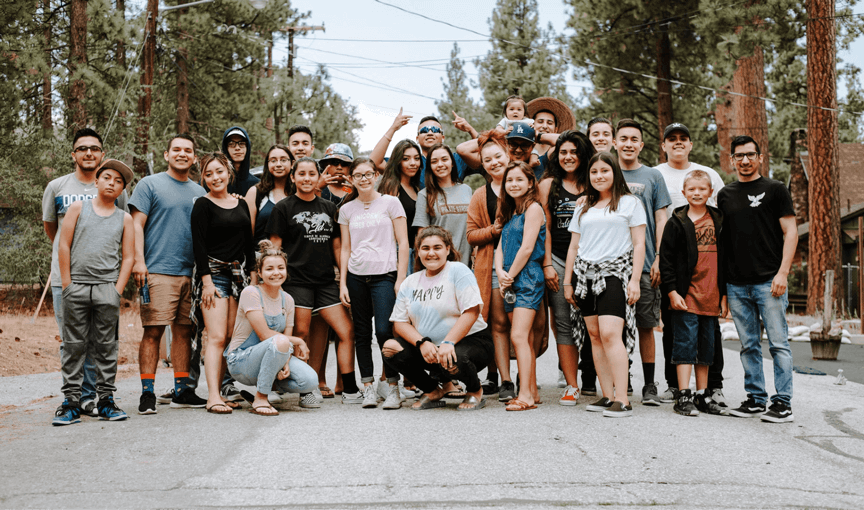Xperiential programs use an apprenticeship model and peer-to-peer community for real-world learning. Participants work on authentic projects, building industry-recognized portfolios and relevant skills. Each step includes creating deliverables and peer feedback. Educators connect teaching to real-world applications, preparing students for 21st-century success. As experts in youth innovation and entrepreneurship, Run the Future develops programming to empower young people with the critical skills needed to thrive in future careers and academic paths. Through partnerships with schools, nonprofits, and community-based organizations, Run the Future introduces learners to the CREATE process, a proprietary, proven framework used by successful innovators and entrepreneurs. We invite you to learn more by visiting us at runthefuture.org.
Entrepreneur Xperiential is an interactive program that ignites innovation and
entrepreneurial thinking—important skills for today's rapidly evolving world. Participants
learn to identify solutions and transform ideas into viable ventures by mastering
problem-solving, creative ideation, and critical thinking. Through structured guidance, they
explore market opportunities and design prototypes while receiving peer feedback.
Participants finish with a polished pitch deck and working demo, showcasing their ventures
at a final exhibition.
We ahve just finished a pilot and have begun spreading the word though our Xperiential network and educator and student networks.
We have recently added AI integrations that allow us to the following:
AI-First by Design: Our platform was built from the ground up with AI powering moderation, guidance, and personalized learning.
Scalable & Efficient: AI drives coaching, feedback, and assessment—allowing us to scale impact quickly and affordably.
Human Skills, Enhanced: While AI supports delivery, our programs focus on developing the uniquely human skills it can’t replace—like creativity, collaboration, and critical thinking.
AI as a Tool, Not a Threat: Students learn to use AI as a creative partner, building real-world portfolios while gaining fluency in technologies shaping the future.
Reach out to info@xperiential.us and we will help you. Also check out our website here; https://home.xperiential.us/entrepreneur



